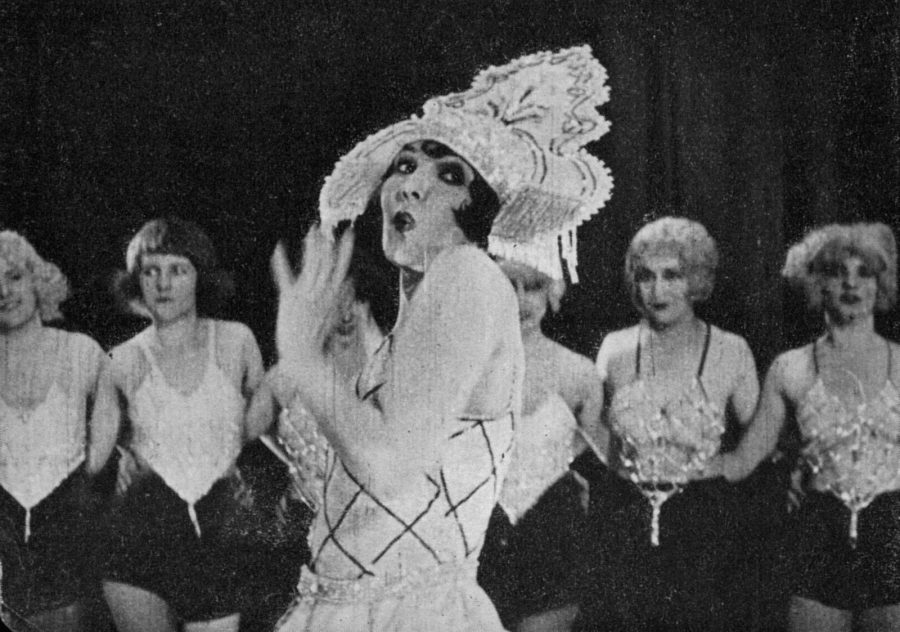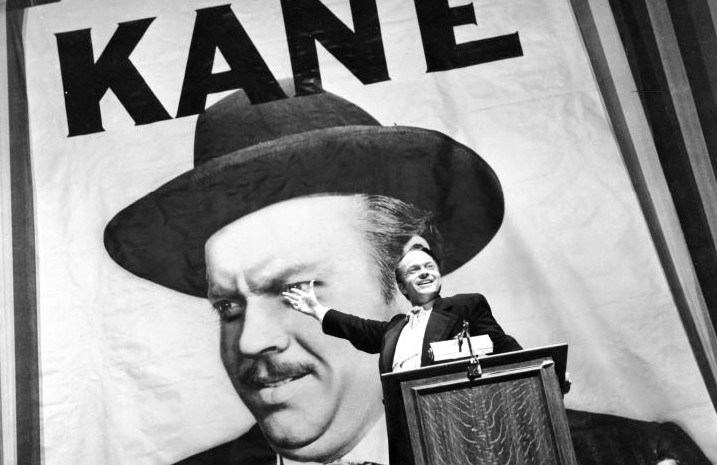Dude, I’m serious; you cue up The Wizard of Oz, you cue up Dark Side of the Moon, and you start ’em up at the same time. It totally works. Too many synchronicities to explain away. Blow your mind, man.
Laugh though we may at those who consider it an intense evening to enter their preferred state of mind, shall we say, and feel for resonances between a 1939 MGM musical and Pink Floyd’s eighth album, we can’t deny that the mash-up Dark Side of the Rainbow, as they call it (when they don’t call it Dark Side of Oz or The Wizard of Floyd), has become a serious, if modest, cultural phenomenon.
In fact, since enthusiasm for playing Dark Side of the Moon while watching The Wizard of Oz goes back at least as far as Usenet discussions in the mid-nineties, it may well count as the first internet mash-up ever. Word of the viewing experience’s uncanniness has, since then, extended far beyond the wood-paneled-basement set; even an institution as ostensibly square as the cable channel Turner Classic Movies once aired The Wizard of Oz with Dark Side of the Moon as its soundtrack.
Clearly, people get something out of the combination no matter their state of mind. At the very least, they get amusement at the coincidences where the album’s sounds and lyrical themes meet and seemingly match the events of the picture. Dark-side-of-the-rainbow.com offers a thoroughly annotated list of these intersections, from the fading-in heartbeat that opens the album aligning with the appearance of the movie’s title:
In this concept album, we have [symbolically] the beginning of human life. Many parents begin the process of naming the child, as soon as they become aware of its existence, often before they even know the sex of the child. Here, we have the name of a movie, which just happens to be the name of one of the characters in the movie, just as we are becoming aware of this new life.
To the lyric that accompanies Dorothy’s entry into Munchkinland:
“Get a job with more pay and you’re OK”: Dorothy doesn’t know it yet, but she is about to be promoted from farm girl to slayer of wicked witches.
To the album-closing heartbeat that plays as the Tin Man receives a heart of his own:
On the album, this heartbeat going dead represents death. Tin Man’s new heart, which we can hear ticking, symbolizes rebirth. Once again, this contrast of what we see in the movie, and what we hear on the album is about providing balance. And as this is how the story ends, this balance speaks of how, in the end, the fairytale has indeed overcome the tragedy.
Pink Floyd themselves have disavowed any compositional intent in this matter (Alan Parsons, who engineered the recording, calls the very idea “a complete load of eyewash”), and even Dark Side of the Rainbow’s most dedicated enthusiasts seldom doubt them. Some may insist that the band, already adept at composing film scores, did it all subconsciously, but to me, the enduring popularity of this early mash-up stands as evidence of something far more interesting: mankind’s unending tendency — compulsion, even — to find patterns where none may exist. “When coincidences pile up in this way, one cannot help being impressed by them—for the greater the number of terms in such a series, or the more unusual its character, the more improbable it becomes.” Carl Jung wrote that about the psychological concept of synchronicity. If only he’d lived to watch this.
Related Content:
BBC Radio Play Based on Pink Floyd’s Dark Side of the Moon Streaming Free For Limited Time
Pink Floyd Provides the Soundtrack for the BBC’s Broadcast of the 1969 Moon Landing
Watch Pink Floyd Plays Live in the Ruins of Pompeii (1972)
Colin Marshall hosts and produces Notebook on Cities and Culture and writes essays on literature, film, cities, Asia, and aesthetics. He’s at work on a book about Los Angeles, A Los Angeles Primer. Follow him on Twitter at @colinmarshall.



